A little detergent usually does the trick when you want your clothes spotless and smelling fresh. However, some stains like ink stains hold fast to fabric beyond an ordinary laundry detergent’s reach. In this case, you need bleach, but can you safely mix bleach with detergents to reap the combined benefits?
You can safely combine bleach with household detergent or water. However, it all depends on the mixing ratio you use. The rule of the thumb is to add six parts water to one part bleach (6:1 ratio). Anything more than that might generate undesirable outcomes.
Mixing chemicals can be potentially dangerous and you need to know what certain detergents contain before mixing them with bleach. Do you want to know what happens when you mix the two, the combined benefits, and how to go about mixing the two cleaning agents? Hang around to the end.
Do Some Tests First
The correct combination of bleach and laundry detergent will do nothing more than effectively clean your clothes, but you cannot be too sure. However clean you want them to be, you don’t want to witness the torture of ruining your favorite fabrics and having to get fresh pairs from the store. Therefore, conduct this test first because not all colors and fabric types can be bleached:
- Fill a cup up to the ¼ mark with plain water.
- Add two tablespoonfuls of bleach and stir the mixture.
- Put a drop of the mixture on the part of the fabric you don’t mind damaging, such as the edges.
- Blot the affected area with a clean rag after 60 seconds.
Lack of changes whatsoever indicates that the fabric can be safely bleached.
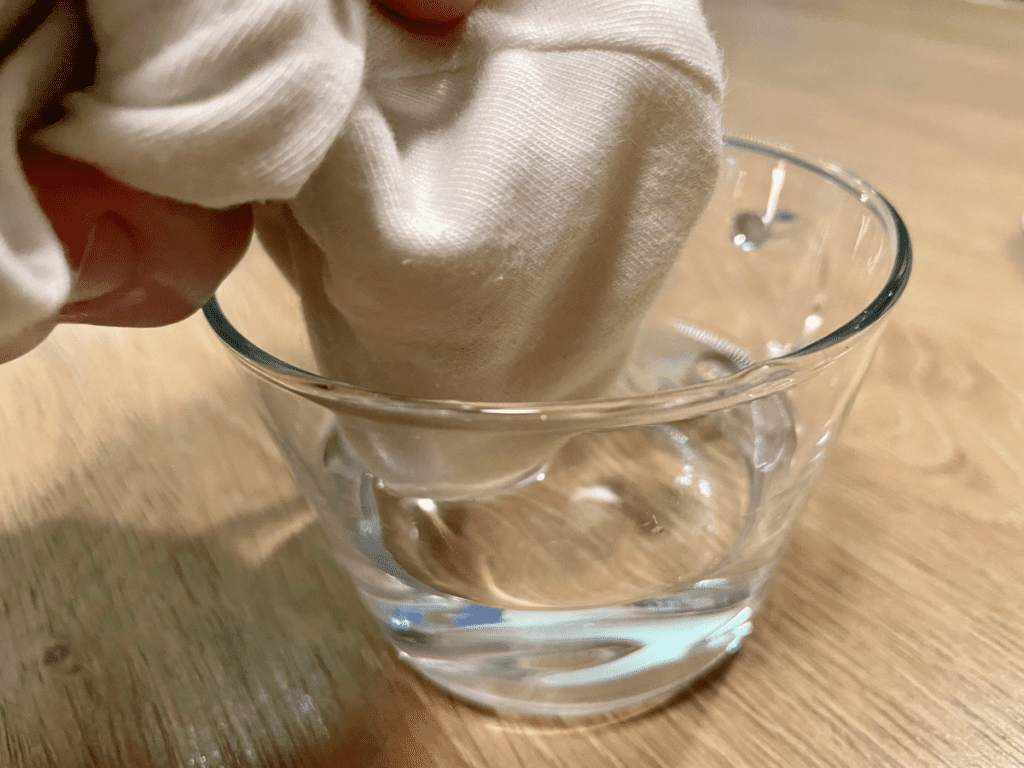
Never expose mohair, leather, silk, wool, and spandex mixture to any product or mixture containing chlorine bleach. Bleach weakens the fabric, which means you should thoroughly rinse the fabric after exposure.
What Happens When You Mix Laundry Detergent With Bleach?
People probably think that mixing the two ingredients will cause them to bubble, froth, or change color, or maybe react explosively as it happens in those sci-fi movies. The truth is much less exciting.
There are no significant or noticeable physical changes that occur when you mix detergent with bleach. The mixed liquid will retain its original appearance, though it may have a stronger bleach-like smell.
Since most detergents have added chemicals that provide stability when reacting with bleach, you’ll only come up with a more potent cleaning solution that leaves minimal to no stains. However, bleach degrades faster when mixed with other substances which explains why you have to make fresh solutions every day and discard the unused from the previous day.
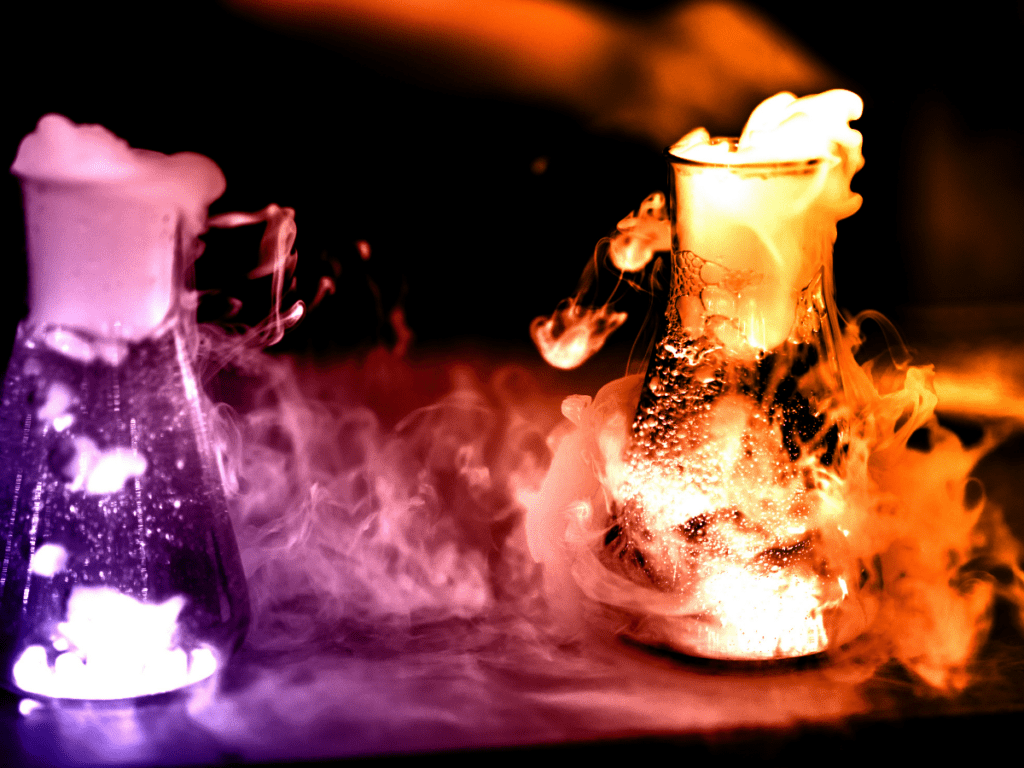
Now that you know that you can mix detergents safely with bleach to create a multipurpose cleaner, let’s look at the benefits.
What Are the Benefits of Combining Laundry Detergent With Bleach?
The good old laundry detergent can comfortably perform most cleaning chores but has some limitations.
The biggest benefit to adding a little amount of bleach to your laundry detergent is that it makes the solution more potent. That should lead to cleaner, healthier clothes and fabrics.
Here are a few additional benefits:
- You can do fewer loads. Both products are very effective, and combining them guarantees single washes. For example, you can do three loads compared to five loads before. This saves your time and also conserves the extra energy your washing machine would have used for the unnecessary cleaning rounds.
- Bugs like germs, bacteria, and viruses are all around your home, and some have evolved to resist the ordinary detergent cleaning effects. Salmonella, Listeria, Norovirus, methicillin-resistant Staphylococcus aureus (MRSA), and Escherichia coli are especially common in kitchen countertops and bathrooms.
- A cheap and effective disinfectant solution is adding a little chlorine bleach to your detergent solution. Bleach kills all the disease-causing microorganisms in frequently touched places, sick wards, and washrooms.
- The last benefit and the obvious one you will reap from mixing detergent and bleach is particularly clean clothes. Some grime, food, and ink stains are deeply embedded in the fabric and virtually impossible to remove. Adding a little bleach to your laundry mixture will get rid of those stains on your white clothes since chlorine particles will fetch the dirt particles from deep below the fabric mesh.
I also wrote an article on mixing laundry detergent with alcohol that may interest you.
What Kind of Bleach Should Be Combined With Laundry Detergent?
As you can imagine, not all types of bleach can be combined safely with laundry detergent, which is why you need to practice due diligence when using these products.
The only type of bleach you should combine with laundry detergent is ordinary bleach, which means a solution of sodium hypochlorite mixed with plain water to make a 3% to 10% solution. Anything above that would probably destroy your precious clothes.
Oxygen-based bleach is the gentler version of the two. It works slower than chlorine-based bleach because it relies on exposure to oxygen. The best part is that it is more environmentally friendly than its counterpart, although it is a highly effective stain remover and whitening agent.
Mixing oxygen-based bleach can safely illuminate your fabrics, remove stains, and preserve the color of most dyed fabrics. Due to its slow reaction with oxygen, you should soak the clothes for two hours or leave them overnight before washing.
Powder bleach formulations post better results than their pre-mixed liquid counterparts because they are more stable and don’t lose effectiveness over time. Always read the instructions on the package before mixing bleach with detergents to be on the safer side.
I wrote an article about mixing laundry detergent with vinegar that may interest you.
How Much Bleach Should You Add to Detergent?
One thing you should keep in mind is that you have to dilute the bleach first before mixing it with detergent.
When adding bleach to detergent, the rule of the thumb is to add six parts water to one part bleach (6:1 ratio). For example, two teaspoons of bleach should be enough for ¼ cup (59.14 ml) of water or 10 ml for 60 ml (0.33 fl. oz. for 2.02 fl. oz.).
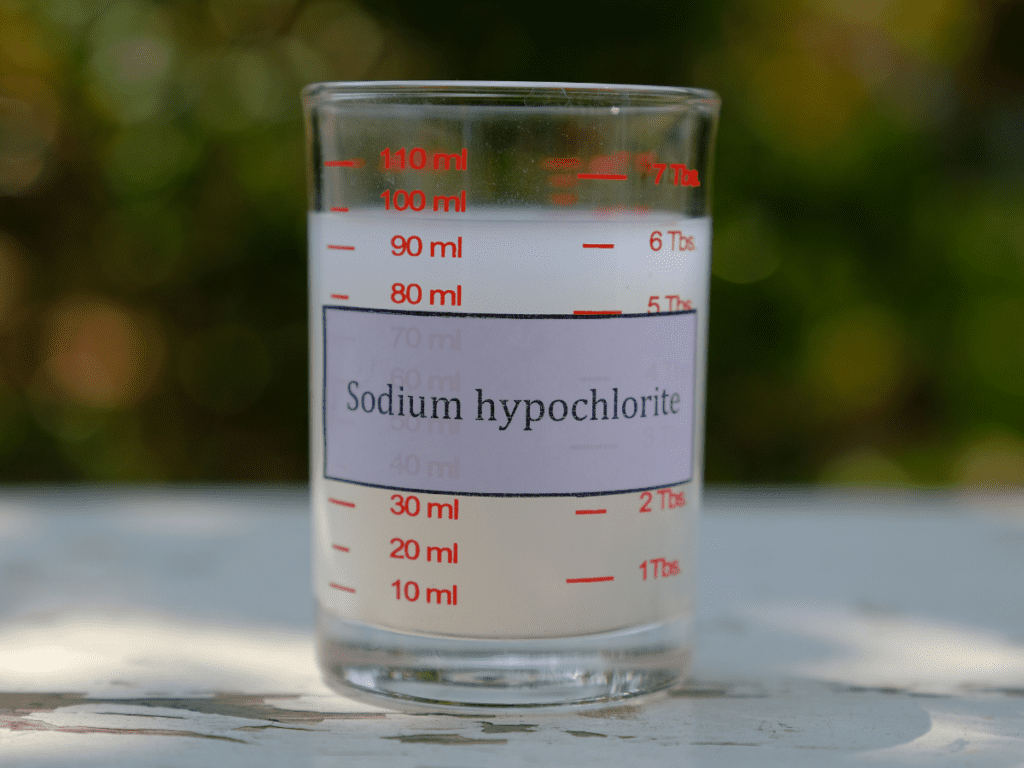
Once you’ve come up with a nicely diluted bleach solution, fill a cup and add up to four liters of water. That is roughly 125 ml (4.22 fl. oz.) of bleach for every gallon of water. There is no general rule dictating how much detergent should go into certain amounts of bleach water solutions because laundry detergent is stable, meaning it will not react with the bleach.
Here’s what to do if you have used too much detergent.
When to Add Bleach to Laundry Detergent
Bleach is a very reactive and corrosive agent and therefore shouldn’t be added at the same time with clothes. The following three scenarios are perfect for adding bleach to detergents.
- The first method of adding bleach and detergent is when the washing machine is filling up with water. This ensures that bleach concentrations are diluted and lowered before adding the clothes to protect them from ruin.
- The second option is filling the bleach dispenser on the laundry machine. The machine will automatically know when to add it to the wash load. This option only works for the newest washer brands in town. Sorry if you have an older version!
- The last option is following the instructions on the bleach package. You will see what to do under the “For best results” section. Typically, you should add ¼ cup of bleach (59.14 ml) to a quart (0.94 liters) of water and put the mixture into the wash cycle after 5 minutes.
Note that there should be a delay before adding the bleach to the detergent wash cycle because it is much stronger and will react with some vital detergent ingredients like fluorescent whitening agents and enzymes. The reaction decreases the effectiveness of even bleach-approved detergents.
I also made a list with all the best detergents that contain bleach that you can check out here.
What Clothes Should You Use a Detergent-Bleach Mixture On?
A solution of bleach and detergent should work fine for most fabrics; however, you must conduct the test at the beginning of this article first. Some clothes and other items usually have written instructions on them which should stop or allow you to use chlorine bleach on the item.
Colorfast fabrics, white, or light-colored fabrics can be safely cleaned with detergent and bleach. Other items include tablecloths, bed linens, dish towels, white socks, T-shirts, and bath towels. It is always advisable to read and check the item labels before adding bleach.
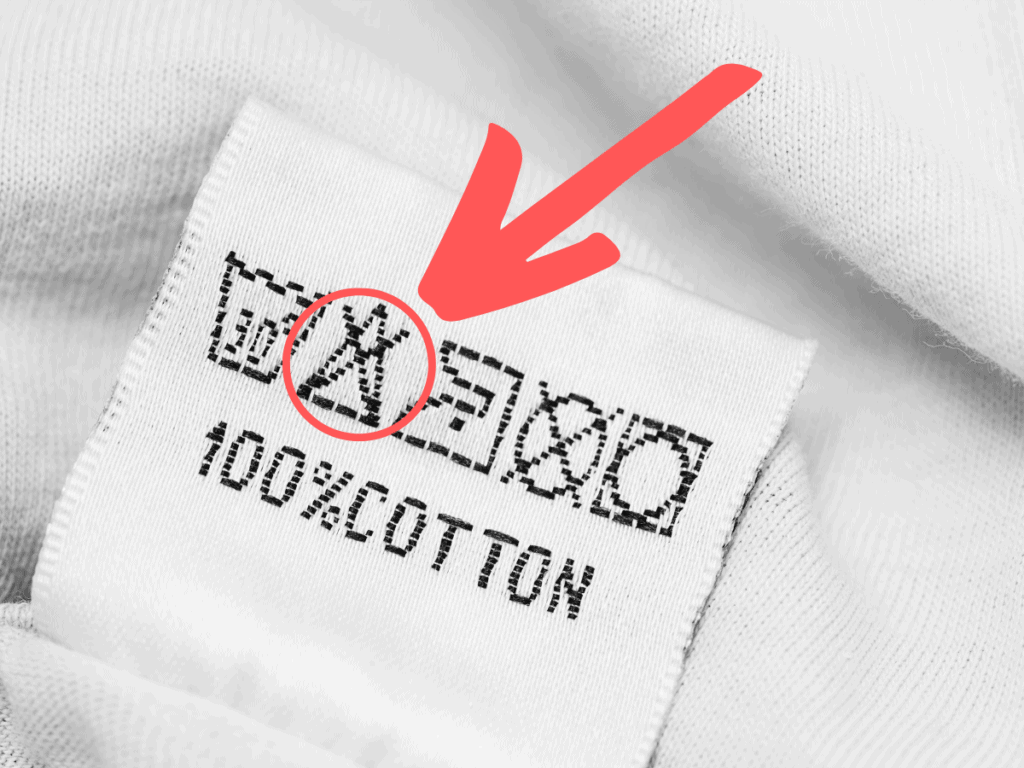
Can a Detergent-Bleach Mixture Damage Your Machine?
There isn’t much information about whether detergent bleach mixture can damage older washing machine models, but new models are safe. They are especially proofed for this kind of cleaning and even come with a separate bleach dispenser.
Looking at it from another angle, you are supposed to pre-dilute the bleach, then add it while the machine is filling up with wash water which further dilutes the liquid. If it spares your clothes, it is unlikely to damage the laundry machine.
However, don’t add bleach if the wash cycle contains a fabric softener or add more than a half cup of bleach (118.29 ml) to a wash cycle. You might lose both the clothes and the machine.
Did you know that powder laundry detergent is bad for your washing machine?
How To Use Bleach and Detergent Mixture With Different Washers
Follow the following instructions depending on your washer:
Top-Loading Washers
Sort your fabrics depending on colors and type of material. Adjust the washer temperature settings to your preference because bleach works well with hot water. Allow the machine to fill up with water and add a cup of pre-mixed liquid bleach while at it.
The amount of bleach should match with what is recommended on the manufacturers’ labels. When the laundry machine is almost full, add the right amount of detergent. Lastly, add your clothes and begin the wash cycle.
Front-Loading Washers
Homeowners with front-loading washers are on the luckier side because they come equipped with bleach and detergent dispensers. Get a 3% sodium hypochlorite solution and fill the bleach dispenser. Get the appropriate grams of detergent and fill the detergent dispenser. Luckily most dispensers have a line showing the maximum amount for both dispensers.
However, stick to the right amounts as dictated by the product labels and also the load size. Next, put the clothes in the washer and set the appropriate temperature, and wash setting. Let the laundry machine go through a complete cycle as it automatically dispenses bleach and detergent at set intervals. Never add more than 120 ml (0.45 fl. oz.) or a half cup (118.29 ml) of bleach to this type of washer.
Is a Laundry Detergent and Bleach Mixture Safe for Sensitive Skin?
Using a laundry detergent and bleach mixture is never safe for people with sensitive skin. Bleach is very corrosive and adding detergent only worsens its side effects.
Chlorine can have massive negative dermatological effects, which is why many skin-sensitive people avoid chlorinated pools.
Other Alternatives to Using a Detergent-Bleach Mixture
Bleach is good for everything except the environment and your skin. Using bleach also poses a potential chemical poisoning threat. Here are some skin-friendly alternatives:
Vinegar
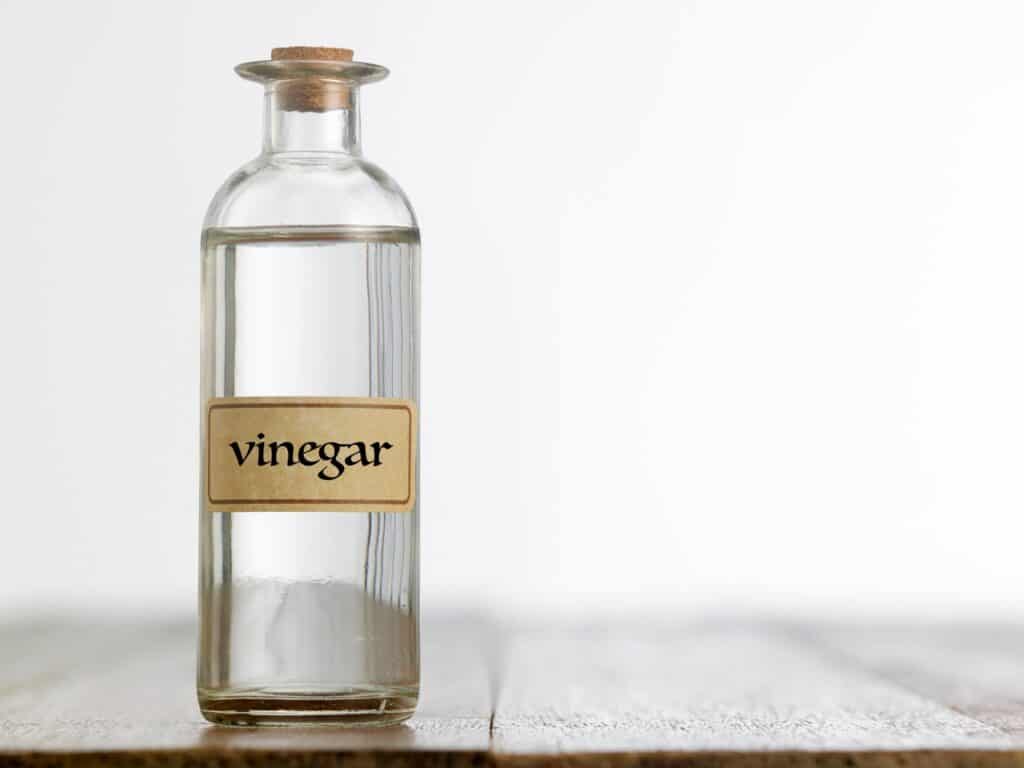
Vinegar is a good replacement for your bleach because it brightens your clothes, disinfects, and aids in soap residue removal. It is also a natural disinfectant, killing about 80% of mold, bacteria, and viruses. Soak your clothes in a hot water-vinegar mixture or pour the vinegar directly into the washing machine for whiter aromatic clothes.
Mix 240 ml (8.11 fl. oz.) or one cup of vinegar with 1,420 ml (48.01 fl. oz.) or 6 cups (1.41 liters) of hot water.
Baking Soda
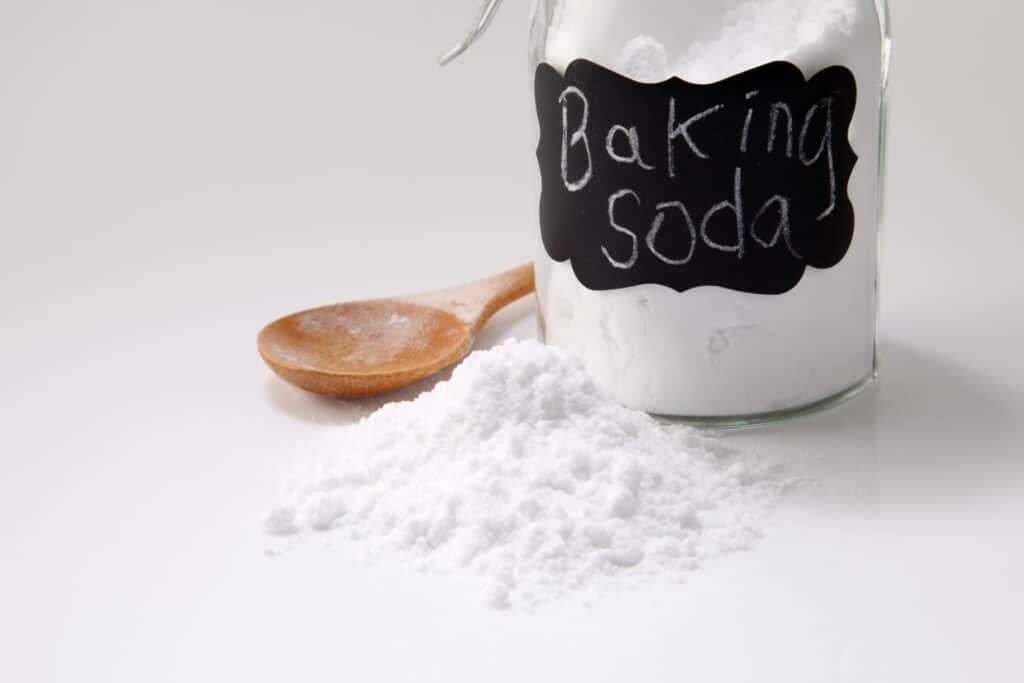
Although not as effective, baking soda is an excellent whitening agent. You see it in use even in the dental industry all the time. Add it to the current washing cycle to boost the performance of laundry detergent. It can also act as an all-in-one fabric deodorant and clothes softener.
Hydrogen Peroxide
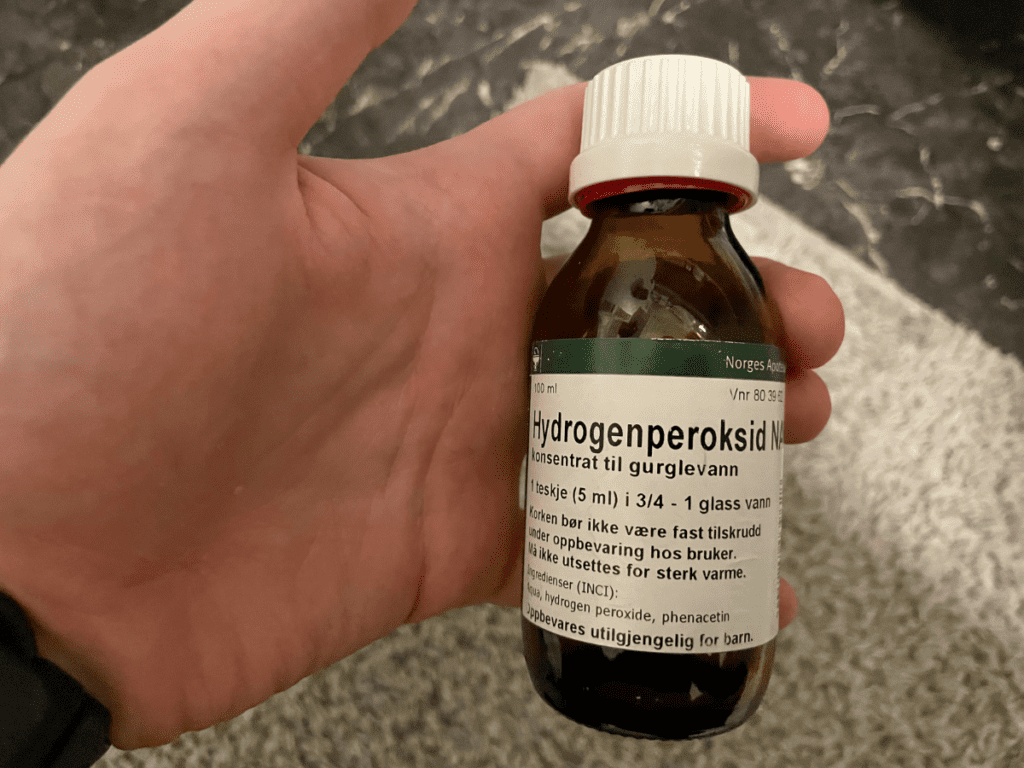
What better replacement for synthetic bleach than hydrogen peroxide? It has mild stain removal and bleaching properties which equals whiter clothes, safe skin, and a reduced environmental impact because it is biodegradable.
Add 240 ml (8.11 fl. oz.) of hydrogen peroxide to every load of laundry, or better still, fill a bleach dispenser or add it directly to the wash load. It works great for white and even colored laundry.
You should never pour hydrogen peroxide directly on fabrics because it will ruin the affected area and cause spotting. Hydrogen peroxide is a good example of oxygen-based bleach, and you can find it in your first aid kit or purchase it from local pharmacies.
Final Thoughts
We are always looking for the most efficient methods for doing our chores. If your quest for finding the most effective laundry-cleaning product has led you to question whether you can mix laundry detergent with bleach, we are here to let you know it’s possible.
However, be sure to follow the correct mixing ratio, as well as using only ordinary bleach to avoid accidents.
I have also written a complete guide on everything you can mix with laundry detergent that may interest you to read next.

I’m an expert wardrobe organizer and a bit of a clean freak. I created this website and its YouTube channel to share practical guides about laundry and organizing. My teachings have been featured in multiple large news publications, and I’ve self-published two wardrobe organizing books and an entire course on the subject.

